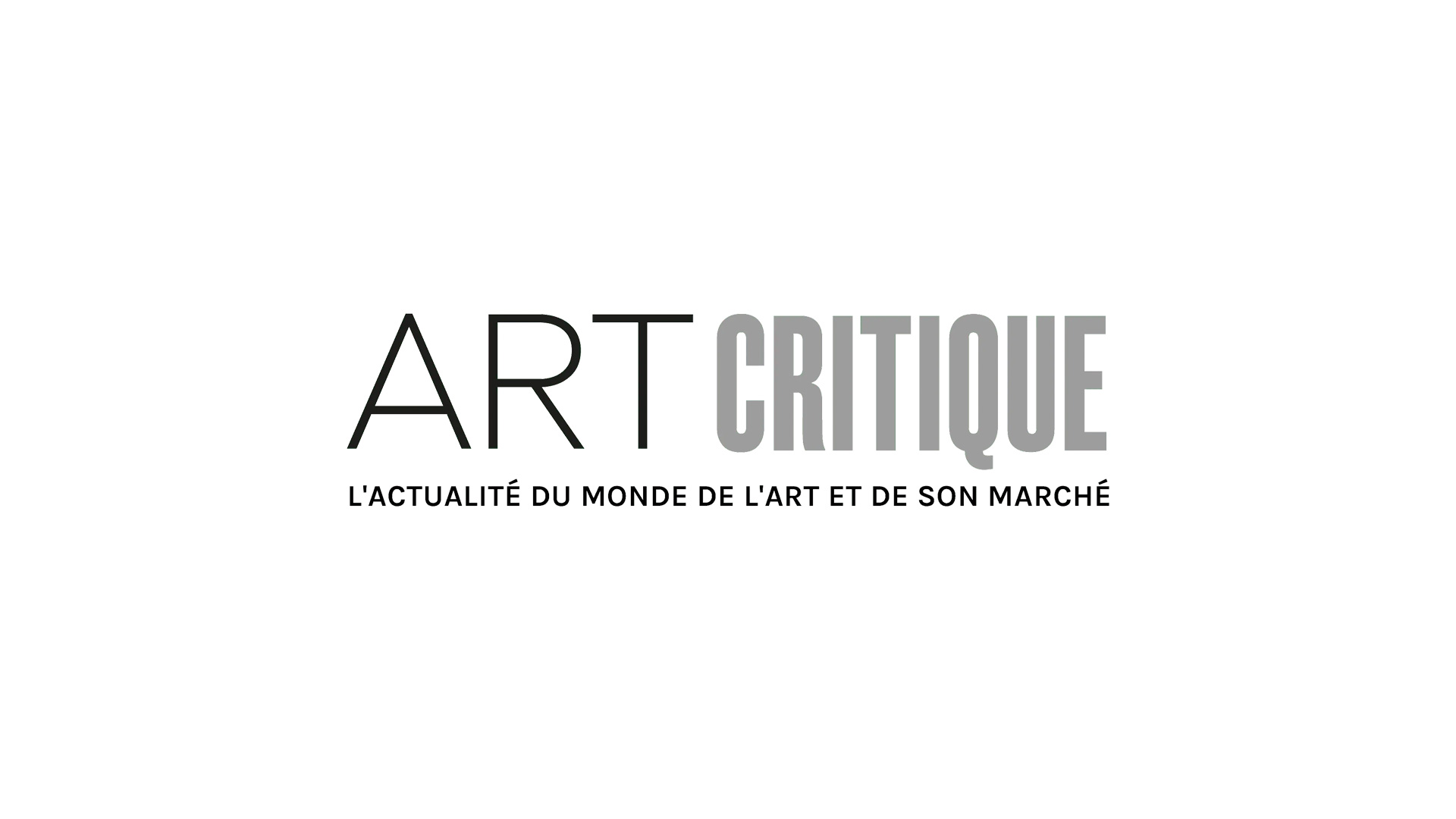Art, however multifaceted it may be, is something usually thought of as a productive thing. An artist manipulates their substrate, be it a canvas, a wall, or stone, until it becomes something which is was not before. The object they work on becomes something different, even in the smallest of ways, from what it was before. Artists have turned this on its head in the past, looking at what happens when something is erased but what happens when art centres around disappearing?

The Modern Art Museum of Fort Worth recently wrapped up an exhibition highlighting three artists that worked with notions of disappearance. ‘Disappearing – California, c. 1970: Bas Jan Ader, Chris Burden, Jack Goldstein’ looked at the ways in which each of those artists were brought together by their common aim. Though the artists did not work together and they weren’t friends, they all worked in Southern California and their works intersected and aligned in stunning ways that curator Philipp Kaiser highlighted through the exhibition. ‘Disappearing,’ therefore, ‘gaze[ed] at the overlaps, feedback, and doubling among the three artists’ works and inquiries into their causes and motives.’
Alder (1942-1945), Burden (1946-2015), and Goldstein (1945-203) dealt with disappearance in different ways. Burden, for instance, completely disappeared for three days in 1971. Never revealing where he went, the project, which he coincidentally named Disappearing, embodied what the exhibition centred on. The following year, he covered himself with a tarp surrounded by flairs mimicking an accident victim in an LA street. Around the same time, Goldstein buried himself alive as a way to examine his subjectivity as an artist. The only hint that he was still alive was a red light blinked in rhythm with his heartbeat at the surface. If Burden’s work embodied the manifest of the exhibition, Alder’s In search of the miraculous (1975) demonstrated the permanency that can accompany disappearance. Working to create another staged disappearance, he disappeared as he attempted to cross the Atlantic in a tiny sailboat and was never seen again.

The act of disappearing calls on the sublime and romantic ideas of self. Individual in their own approaches, their portrayals of disappearing naturally touch on death but they were also responding to the anxieties of their time. They were working through a period of uneasiness as young men were drafted into the US military to fight in Vietnam. The exhibition also drew a line between each of the artists and the California Institute of the Arts’ Feminist Art Programme that was established in 1971 when female artists were on the rise.
Through more than 40 works of film, photography, installation, painting, and recording, the exhibition invited viewers to experience the act of disappearing within the context of each of the artists. And, in a time where disappearing seems nearly impossible, the message was made extra potent.





